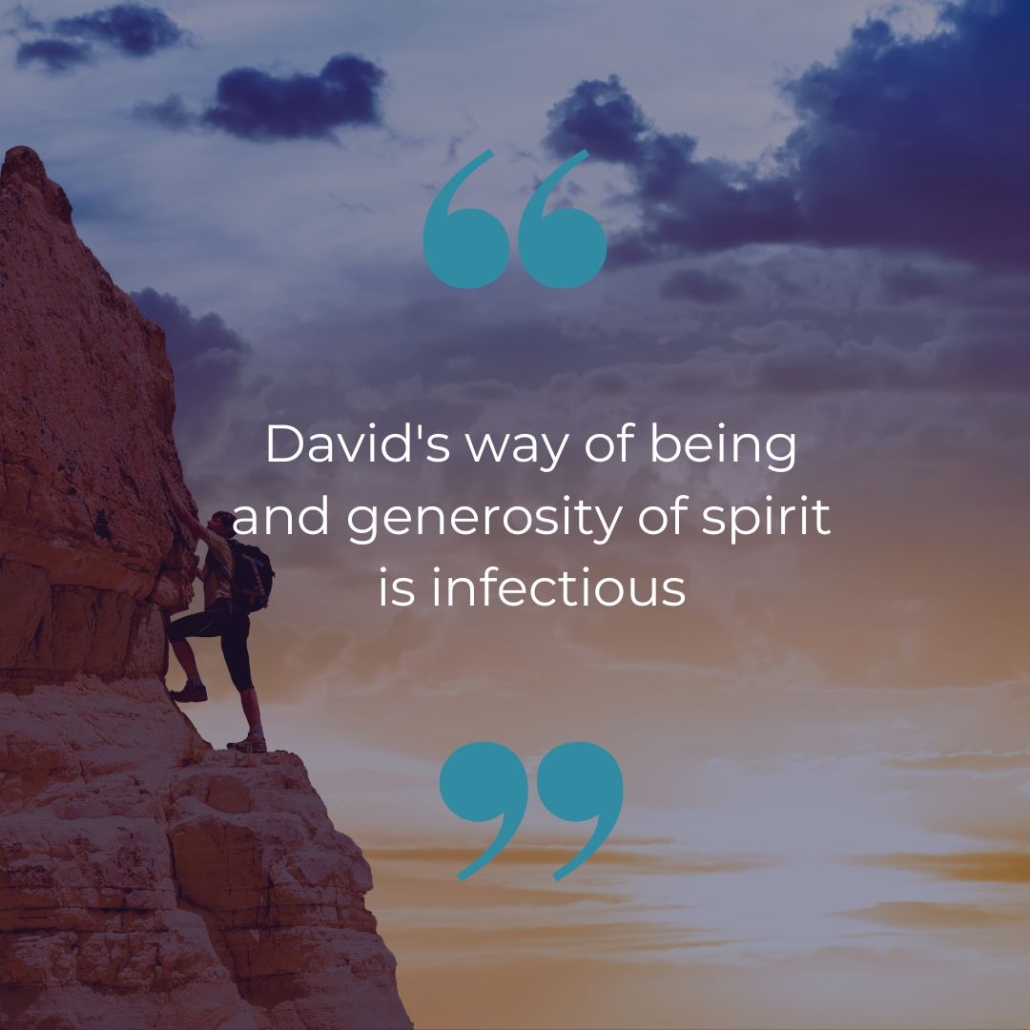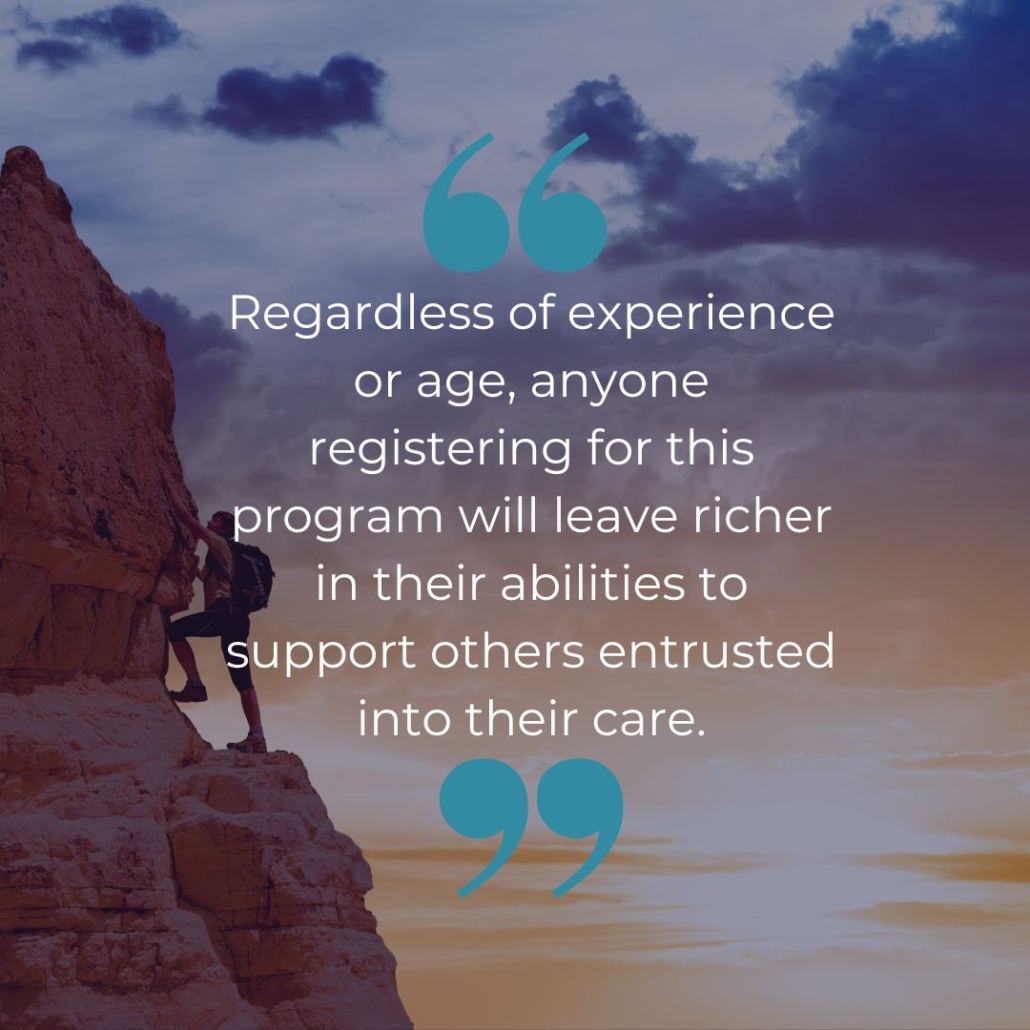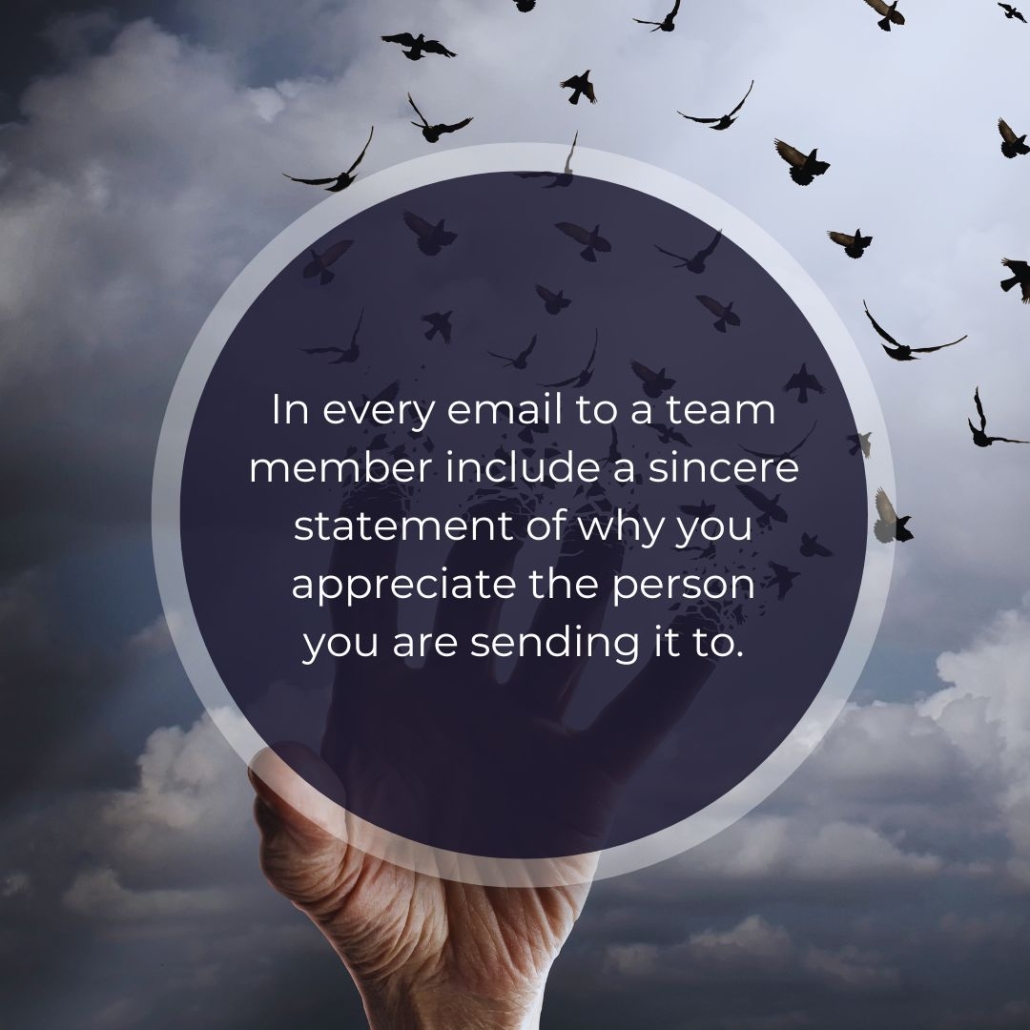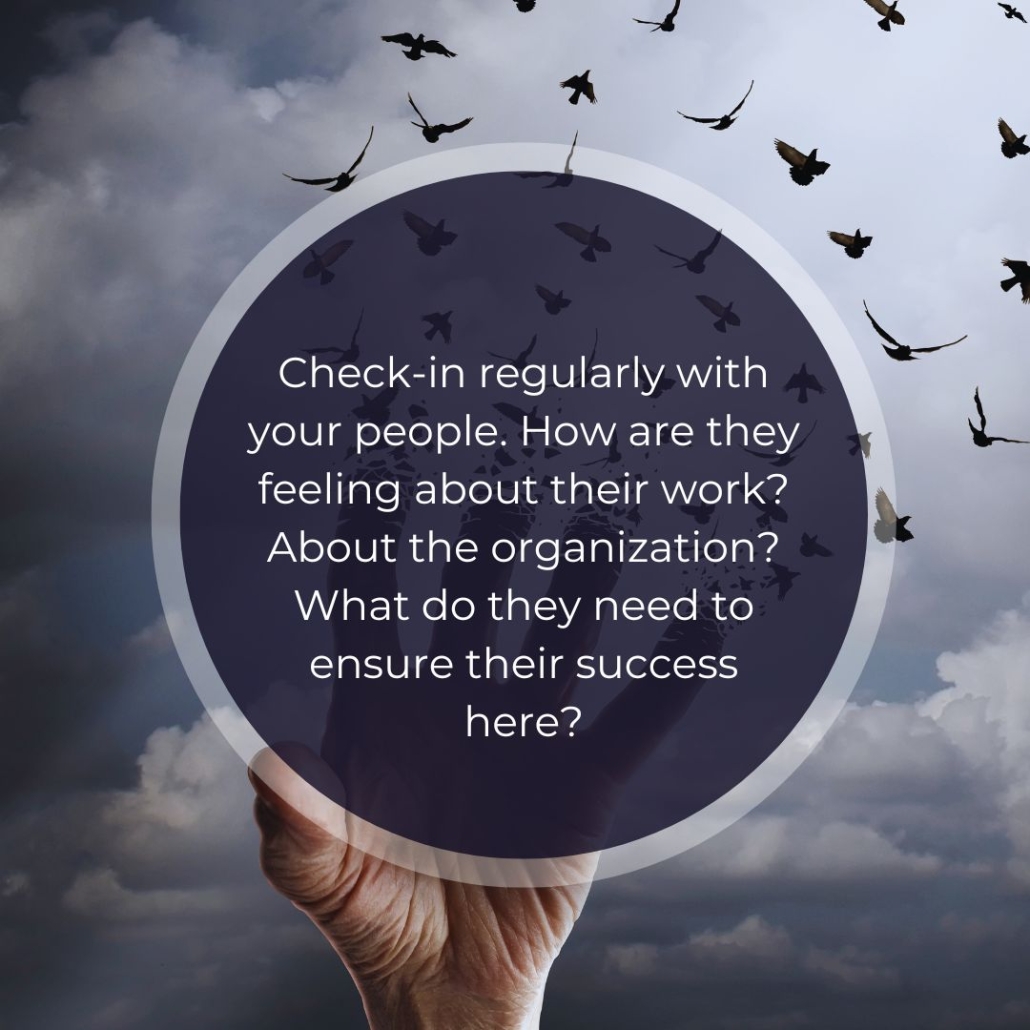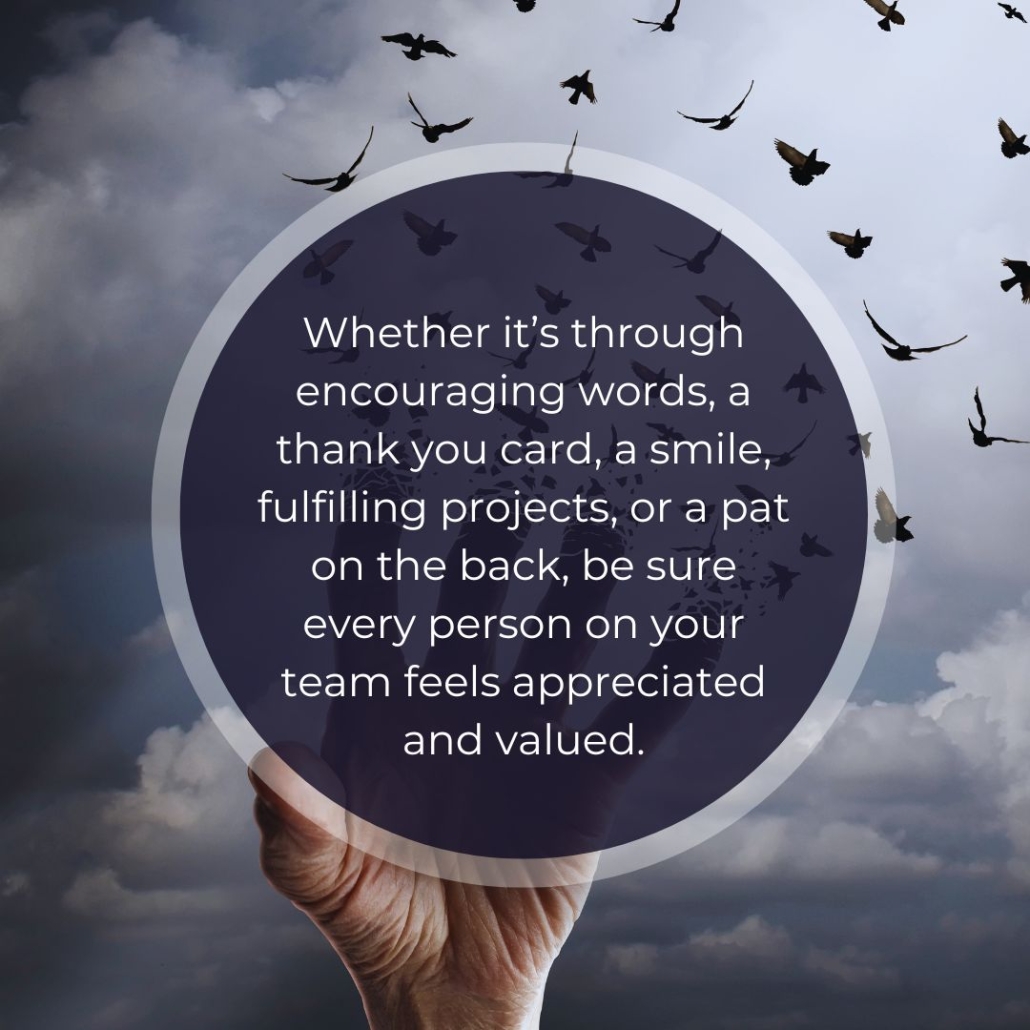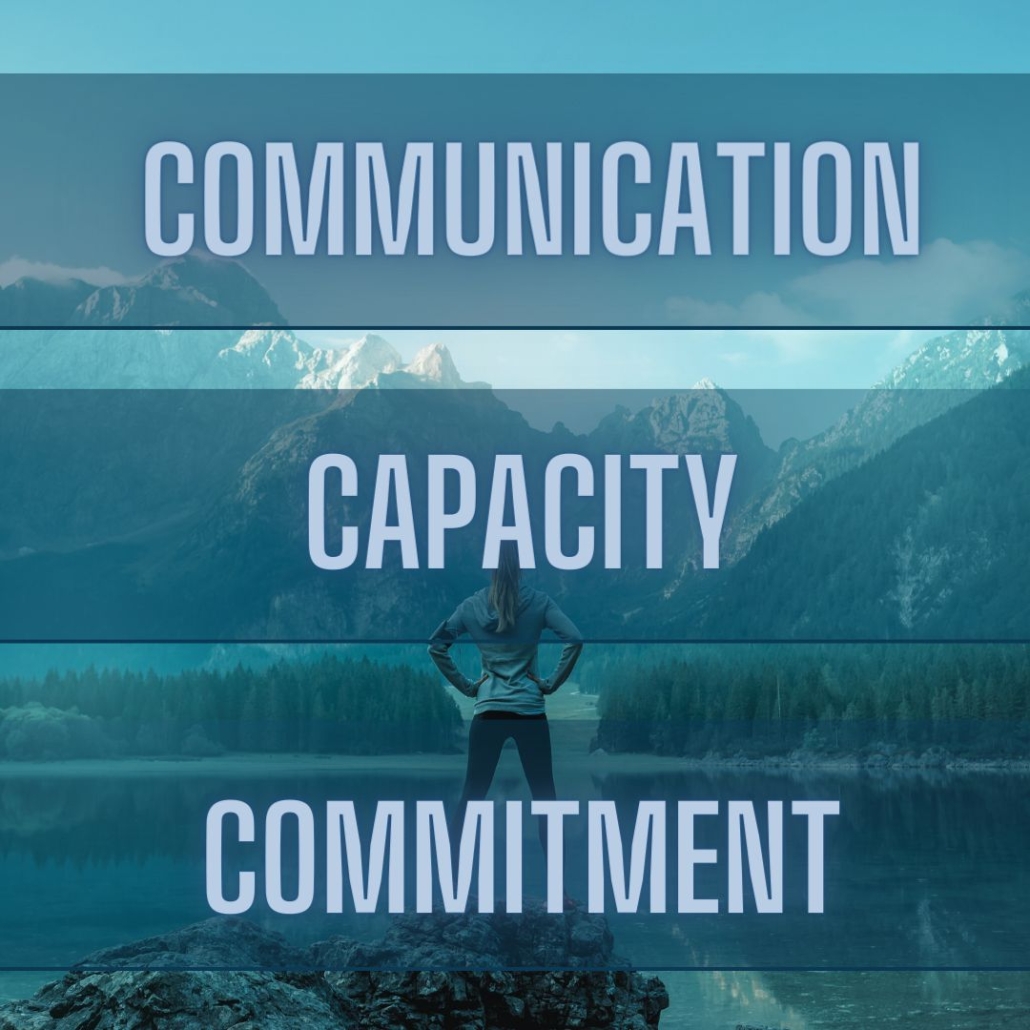Yet how do you embrace it when you have grown up trying to keep the peace, be nice, or avoid the hard truths?
1. Be Intentional.
Straight Talk is important enough that we have made it one of our team values.
2. Be clear.
How we define it and describe it. We Talk Straight:
a) We are direct and open in our communication with each other.
b) We tell the truth; we are transparent and aren’t afraid to confront reality.
c) We face the brutal facts; we don’t skirt the real issues.
d) We choose to be genuine over being polite.
e) We are loyal in people’s absence.
3. Get an Agreement.
While the team agreed we would talk straight with each other and act in alignment with these behaviours, we also included four critical components in the agreement:
a) None of us will do it perfectly.
b) We will ask for help to be direct at any time with anyone.
c) We will communicate directly with anyone at any time if it appears that any of us – likely unintentionally – is not honoring this agreement.
d) We will practice patience as we practice this skill: direction is more important than velocity.
4. Reinforce the message.
We set aside time in meetings to shine a light on, and celebrate, success stories (e.g. When in the past week did we experience people being direct with each other?)



